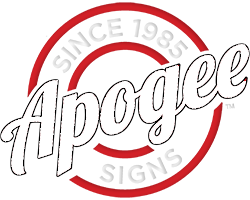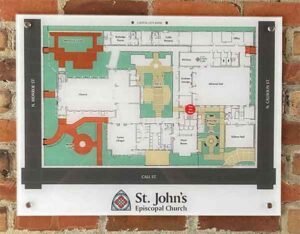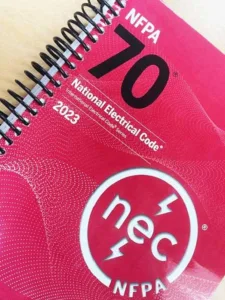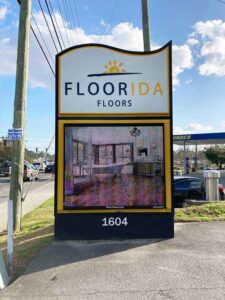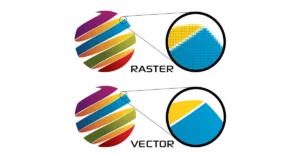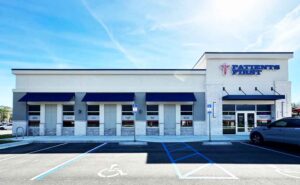 Architectural signage is an essential part of any building’s design and function. It provides a wide range of benefits, including wayfinding information, branding, marketing, and enhancing a building’s aesthetic appeal. In this article, we will explore the types, costs, and benefits of architectural signage.
Architectural signage is an essential part of any building’s design and function. It provides a wide range of benefits, including wayfinding information, branding, marketing, and enhancing a building’s aesthetic appeal. In this article, we will explore the types, costs, and benefits of architectural signage.
Architectural signage can be found on the exterior or interior of a building, and it is often made from high-quality materials such as metal, glass, or stone. These materials not only enhance the sign’s aesthetic appeal but also make it durable and long-lasting. They are designed to complement a building’s architecture and can be customized to fit any style or design.
One of the primary purposes of architectural signage is to provide clear and concise wayfinding information for visitors. These signs can help people navigate through large buildings, find specific offices or departments, and locate important amenities such as restrooms or elevators. They can also be used to provide directions to parking areas or to highlight points of interest within a building. By providing wayfinding information, architectural signage helps visitors feel more comfortable and confident while navigating a new environment.
In addition to providing wayfinding information, architectural signage is also used for branding and marketing purposes. These signs can incorporate a company’s logo, colors, and messaging to create a cohesive and professional image. They can also be used to create a unique and memorable experience for visitors, enhancing the overall brand perception. By creating a positive and professional image, architectural signage can help businesses attract new customers and retain existing ones.
 When it comes to designing and installing architectural signage, it is important to work with a professional signage company that has experience in this area. The cost of architectural signage can vary depending on several factors such as the size, material, design complexity, installation requirements, and location. Generally, architectural signs tend to be more expensive than other types of signage due to their customized design and high-quality materials. However, they are also a worthwhile investment as they can significantly enhance a building’s visual appeal and functionality.
When it comes to designing and installing architectural signage, it is important to work with a professional signage company that has experience in this area. The cost of architectural signage can vary depending on several factors such as the size, material, design complexity, installation requirements, and location. Generally, architectural signs tend to be more expensive than other types of signage due to their customized design and high-quality materials. However, they are also a worthwhile investment as they can significantly enhance a building’s visual appeal and functionality.
There are many different types of architectural signs available, each with its own unique benefits and uses. For example, illuminated signs can be used to provide wayfinding information in low-light conditions, while digital signage can be used to display dynamic and interactive content. The choice of architectural signage will depend on the specific needs and requirements of the building or facility.
In summary, architectural signage is an essential component of any building’s design and function. It not only provides important information to visitors but also plays a crucial role in creating a building’s aesthetic appeal. By investing in high-quality architectural signage, businesses and organizations can create a positive and professional image while ensuring that visitors can navigate their way around with ease. If you’re interested in enhancing your building’s function and aesthetic appeal with architectural signage, reach out to a professional signage company today to get started.
